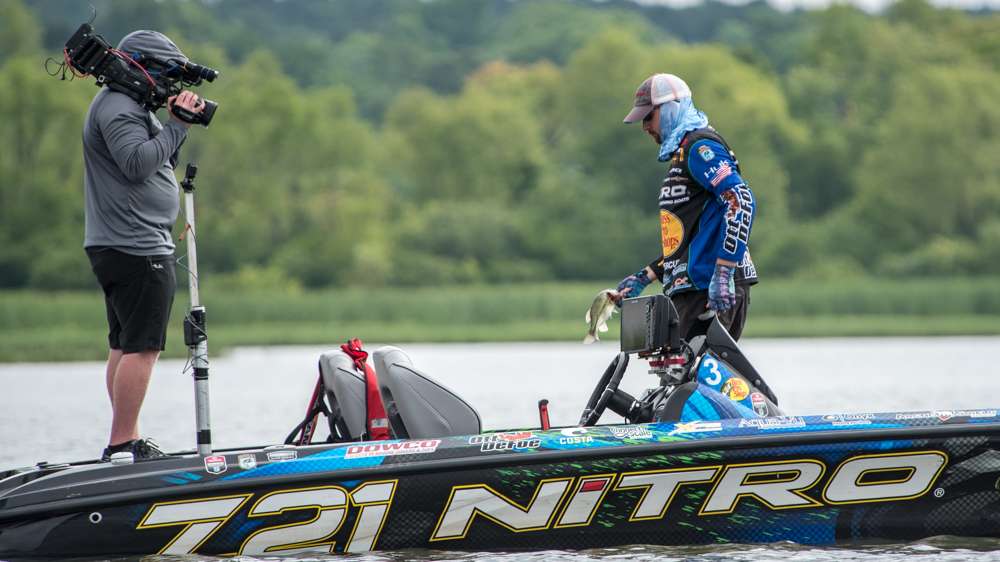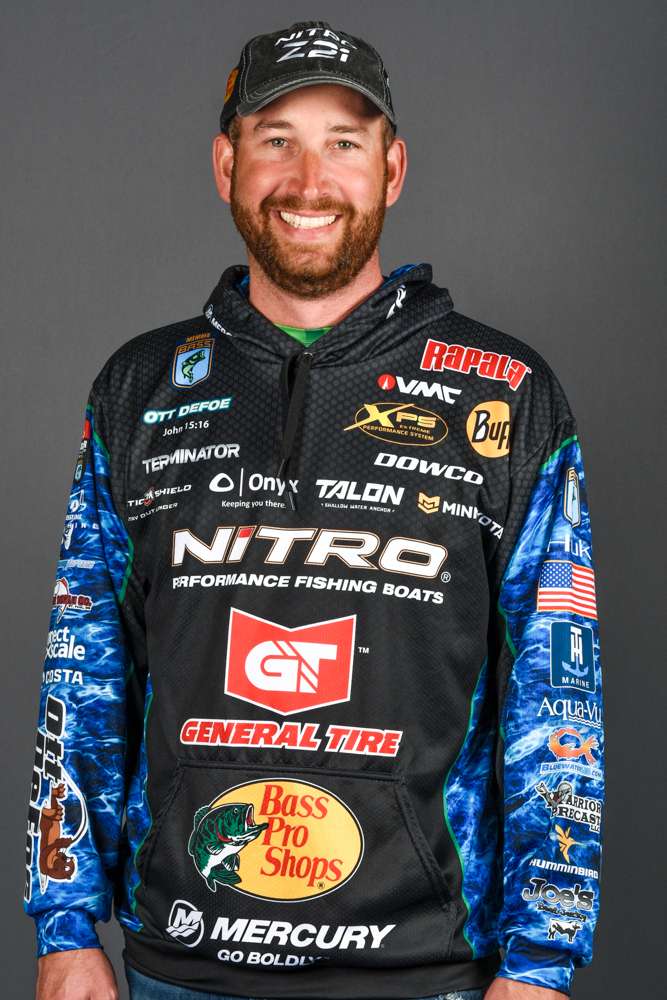
It’s about time for the prespawn to begin. For all that’s written and said about this phase of a bass’ life, it isn’t all that complicated if you keep a few things in mind.
The prespawn begins with Mother Nature’s seasonal changes. The first thing that’s usually mentioned is water temperature, but it’s about a lot more than that. You often hear about a “perfect” temperature that starts the bass moving. There’s no such thing.
Assuming a water temperature of at least 50 degrees, things like the length of the day and the angle of the sun affect the prespawn movement just as much or more than any increase in water temperature. Without them temperature is a secondary factor.
Some will disagree with me, and I have to admit that there may be a few small bass that’ll go based solely on temperature. But it’ll only be a few. The big ones, as well as most of the small ones, look for other cues. They sense that it isn’t time until the length of the day and the angle of the sun are in line no matter what the water’s doing.
When I’m looking for prespawn bass early in the year I pay more attention to water color than I do to water temperature. Most of the early fish will hold somewhere between 2 and 8 feet. If the water’s dirty or heavily stained, I start looking on the shallow end of that depth range. If it’s clear or clearing I go deeper until I’m comfortable with where the light penetration drops off, and the bass have a safety factor when they stop.
I’d rather catch bass shallow so I’m a little prejudiced in favor of stained, shallow water.
Something else that I think is often misunderstood about the early prespawn is the idea that the females stage on breaks, things like channel swings and underwater crevices — quick changes in depth. They do stage on those areas but only because they’re there.
They’re just as likely to stage on a stump, a rock, old fencing, a tire or anything else that happens to be around. A staging spot is about something different. It’s not about natural structure.
Another thing about holding areas is that they aren’t always between deep water and the places where the bass will make their beds. Sometimes they stage shallower than they spawn. This is especially common during an unusually warm spell that lasts for several days. A weather pattern like that drives the baitfish shallow and, of course, the bass follow. When it’s time to actually spawn they turn around and move back out a ways.
My preference for lures at this time of the year is pretty much ordinary. I like lipless crankbaits and bladed jigs. They seem to be exactly what the bass like when they’re resting up and feeding heavily.
Traditional hard crankbaits will work, too. A Rapala Shad Rap is hard to beat during the early prespawn. It’s been catching bass forever and shows no signs of slowing down. The Rapala DT4 and DT6 are also good choices.
Don’t let the early prespawn get the better of you, and don’t make it difficult by fixating on water temperature and structural breaks. Keep the big picture in mind.

